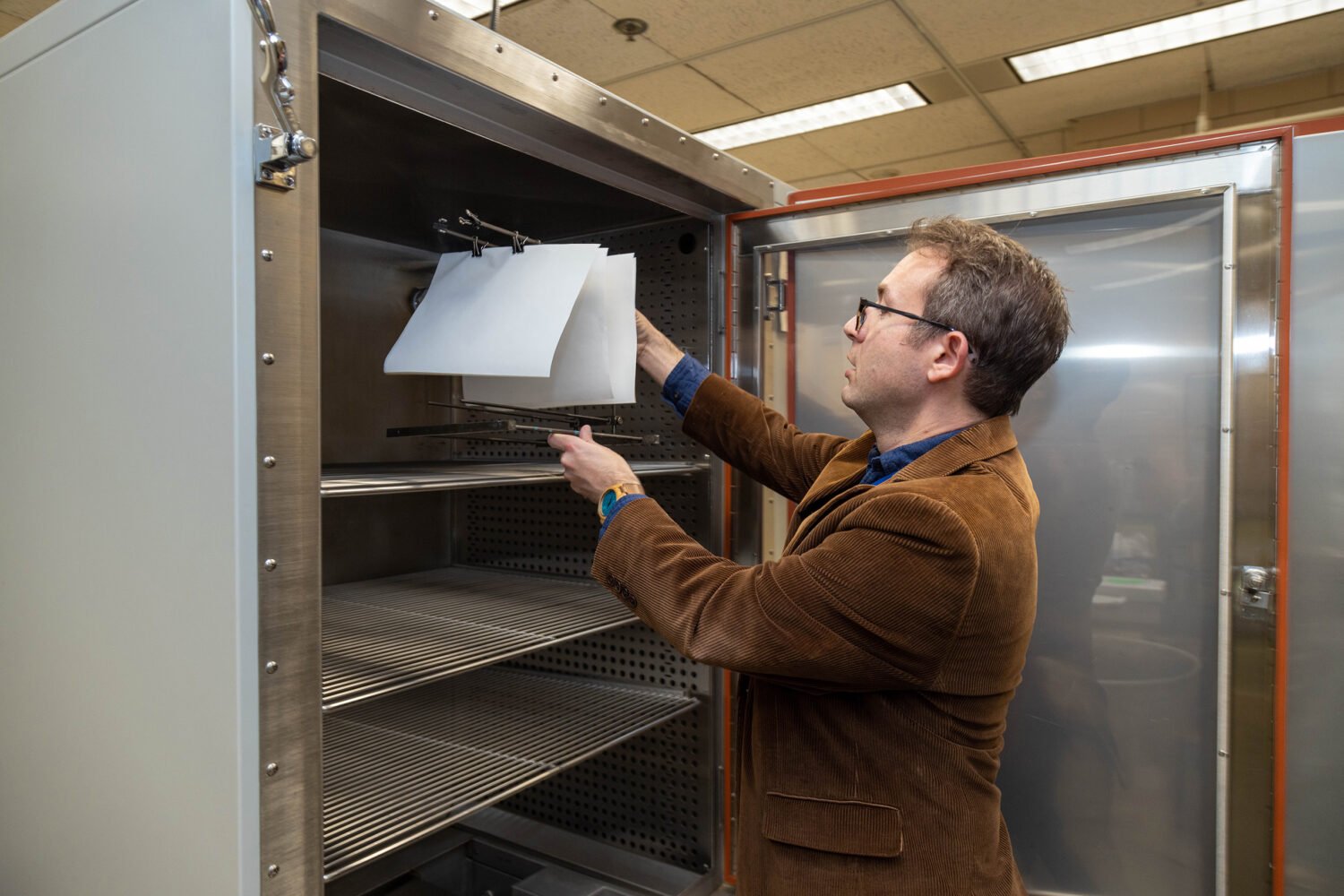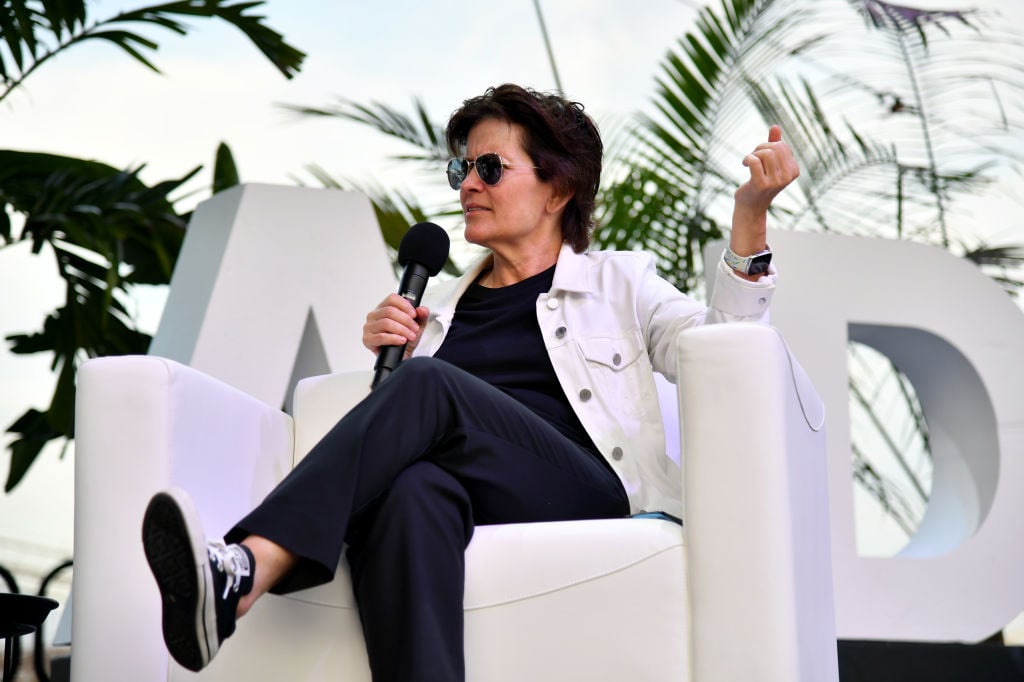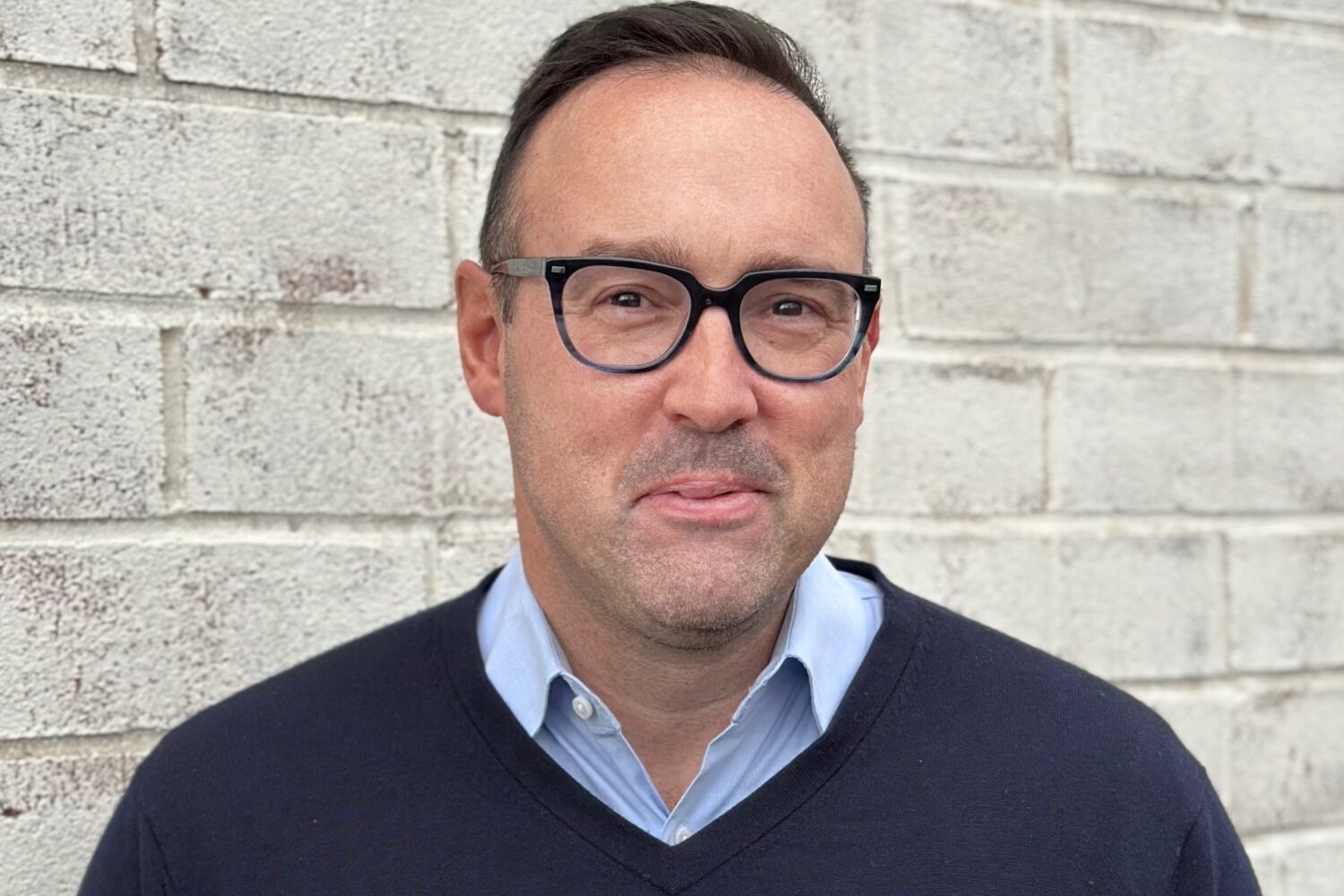The Norfolk, Virginia, Virginian-Pilot holds a special place in the hearts of newspaper design nerds. Even now, as the audience for print publications dwindles, the Pilot always tries to make every front page count.
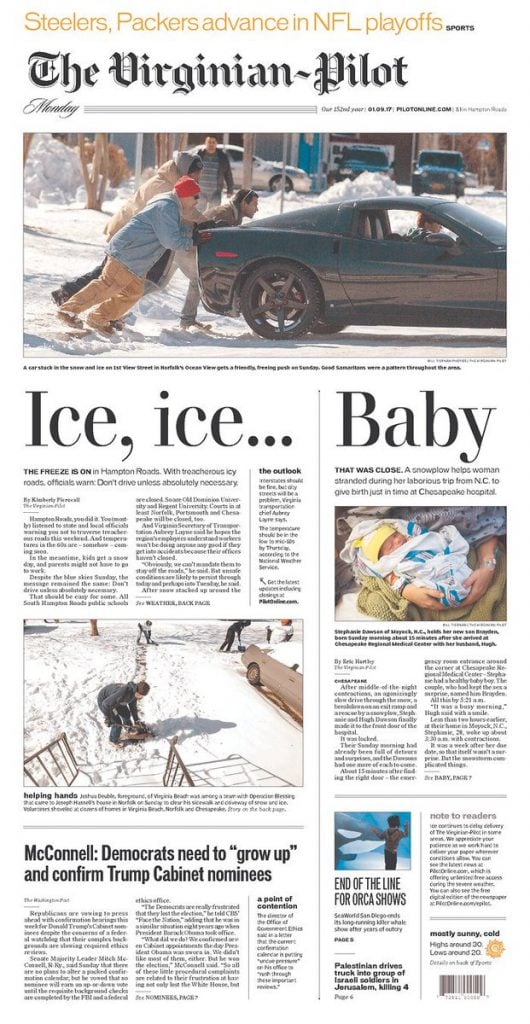 On Monday, though, Virginian-Pilot Publisher Pat Richardson announced the paper would offer buyouts to employees who’ve worked there for 25 years or longer. The company was also, she said, “seriously considering outsourcing its print news production and design.”
On Monday, though, Virginian-Pilot Publisher Pat Richardson announced the paper would offer buyouts to employees who’ve worked there for 25 years or longer. The company was also, she said, “seriously considering outsourcing its print news production and design.”
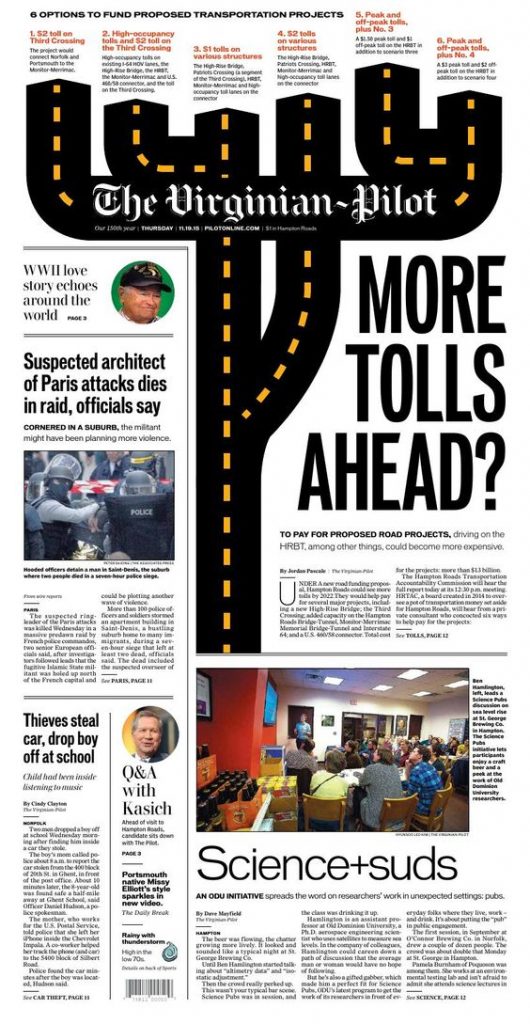
It’s sad to say, but journalists losing their jobs at newspapers isn’t much of a story anymore. Print publications cut staff and ambition all the time, and the last three months of the year are informally known as “layoff season” as publishers look ahead to next year’s budgets. But outsourcing the Virginian-Pilot‘s design would be a downsizing that resonated outside of the newspaper’s market area. It’s won fans due to the great page design that’s as integral to its brand as thoughtful editing or striking photography.
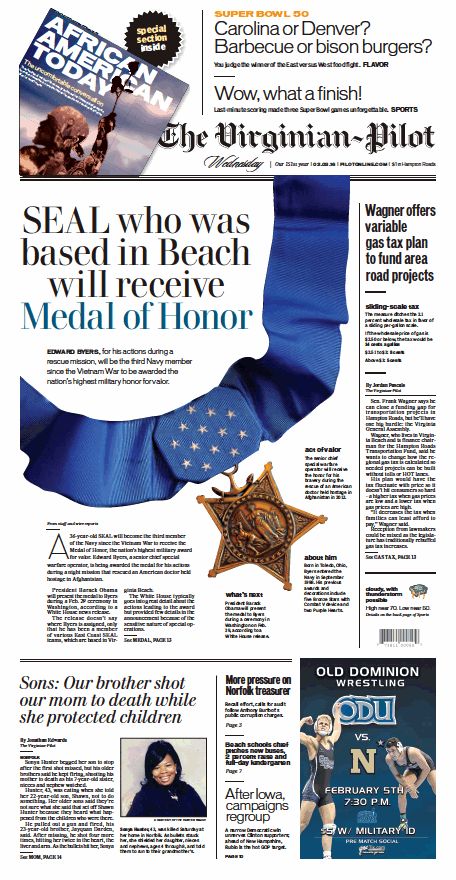
It’s difficult to fault Pilot Media for exploring this option. Investing in a great print product becomes increasingly difficult to justify when your audience is abandoning the product. Between 2014 and 2016, according to data from the Alliance for Audited Media, the Pilot‘s average weekday print circulation has fallen nearly 10 percent, and its average Sunday print circulation has dropped almost 9 percent. There’s no reason to think those trend lines will reverse this year. Richardson described the changes as a “rebalancing”—bringing what the organization spends on print in line with what it makes off that product, then investing in areas that are growing.
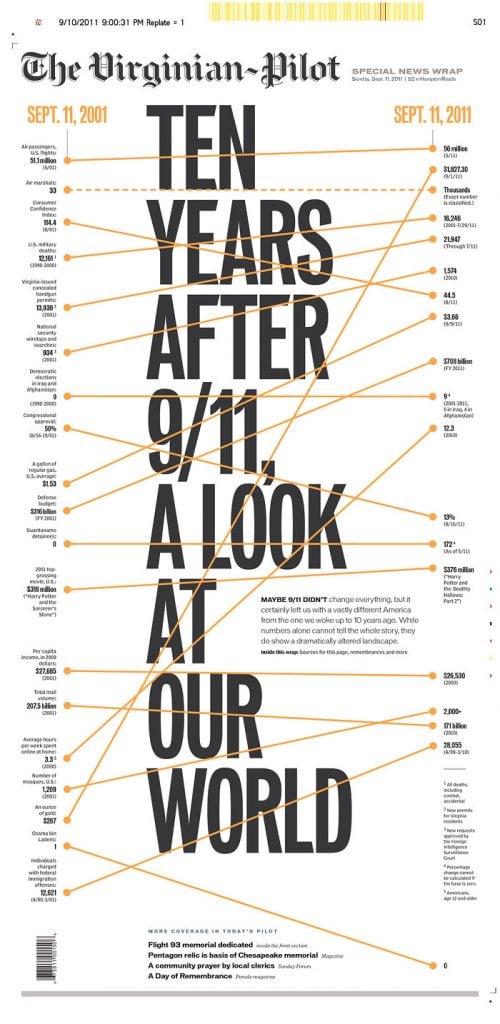
Virginian-Pilot Editor Steve Gunn echoes Richardson’s explanation, saying the Pilot is looking at all aspects of print production. “In the end our goal is for the public to not see a difference,” he says. But, Gunn adds, “we’ve got to deal with the fact print advertising and inserts are falling.” Gunn declines to say where the Virginian-Pilot is looking to move print production, but notes that it remains an independent paper. If it were part of a chain, its design likely would have been consolidated into a hub long ago. No matter what happens with the paper’s design operations, he says, copy-editing will still be done locally.
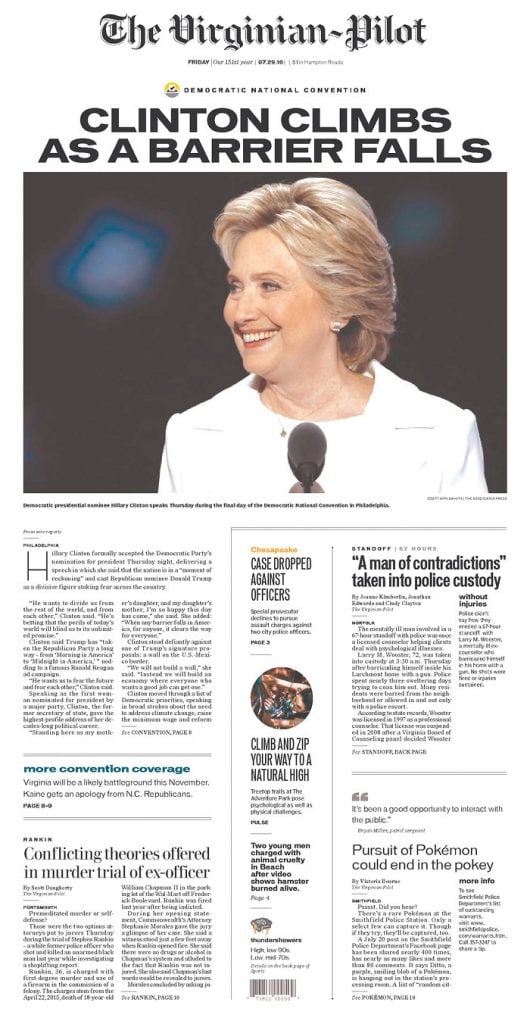
The trick will be keeping the Pilot‘s tradition of layered storytelling with a different workflow. Working at the Pilot in the print glory days was like “creating a coffee table book every single day,” says Deborah Withey, who led the team that redesigned the newspaper before she moved to Wales in 2009. For instance, whenever an aircraft carrier returned to Norfolk, an event known locally as homecoming, she says visual journalists, photographers, and writers and editors would gather and talk about “how can we do it better than we did several months ago.” A photograph of one woman’s bright-pink shoes as she waited for her husband to return from deployment was an instant classic. Such an approach, Withey worries, may prove “difficult to do remotely.” She notes that in the US now, with the exception of the New York Times and the Washington Post, newspapers tend to look the same. (Also by weird coincidence, she says, the photo illustrating the Pilot‘s story about the cuts shows its building with a shadow over her old office.)
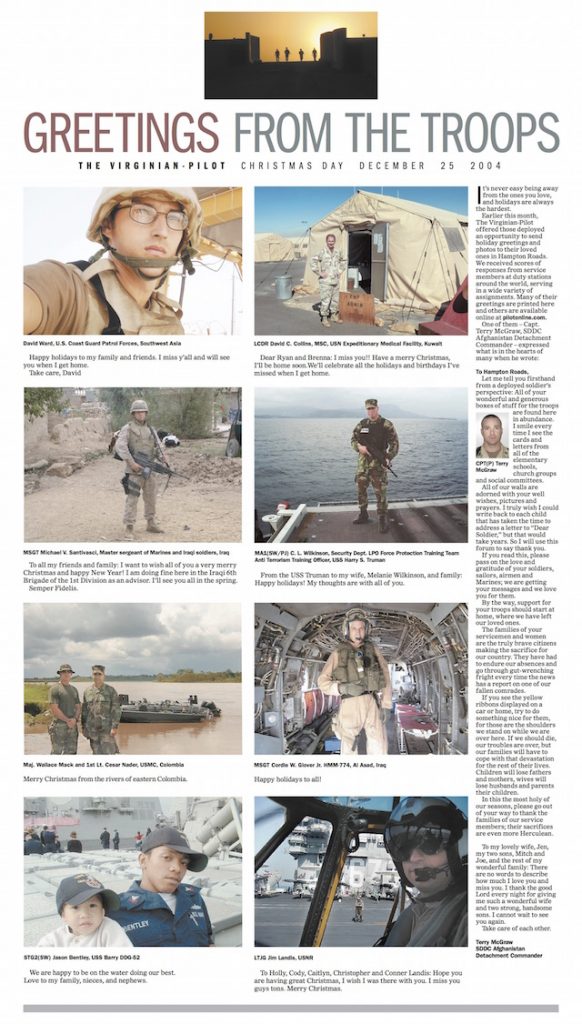
“The thing that’s foremost in my mind is what readers see,” Gunn says. Web news design tends to be templated for the same reason cartoons aren’t filmed live–digital readers expect news when it’s fresh, and publications rarely have enough time to think about any new visual cues. While publications can and often do create sophisticated online presentations, those tend to land on stories that have a long time to cook. Newspapers would be hard-pressed to create a beautiful homepage from scratch each day, because even if they did, it would quickly become outdated. The Virginian-Pilot’s visual journalists used to comb the next day’s print paper for opportunities to layer the paper’s storytelling, Withey says, taking hours to “look at every story and pull out facts for the reader.” They’d pull quotes, insert boxes about where to help, and try to create more entry points for a story. Now if you’re interacting with the Virginian-Pilot’s print design, it’s quite likely you’re doing so through a digital rendering of its homepage.
https://twitter.com/charlesapple/status/879024517594701825
Withey says she wouldn’t wallow if she were back the Pilot. She’d try to figure out how to make the paper’s visual journalism pop on mobile, or whatever follows: “Instead of crying in the milk…I would be like, OK, let’s make this work.”
Gunn says visual sensibility remains lodged in the publication’s DNA. The reorganization means “nothing” with regard to the paper’s history of photography he says: “Visuals are a big deal. Who doesn’t like great photos?” (Like many editors I speak with, he’d like to get more good videos going.)
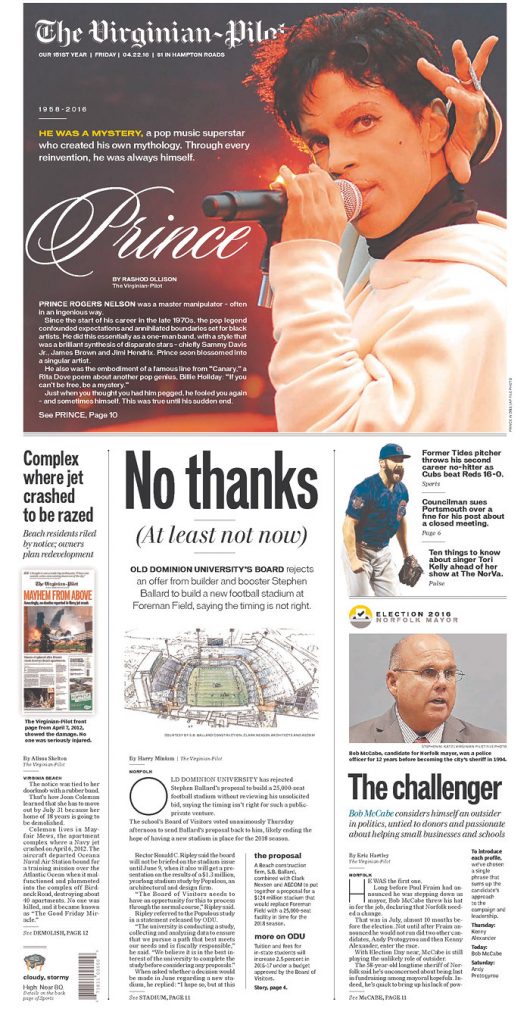
I found that visual sense evident in an unexpected product: The Shot, its new podcast about an unsolved murder in Norfolk. The first episode begins with a vivid description of a dark and grainy videotape that captures the murder. If you close your eyes, you can almost see it.









